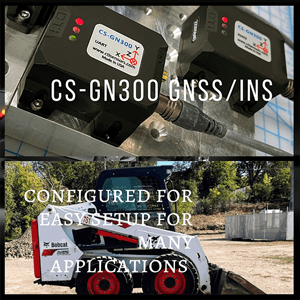Ambitious plan sees full highway V2X integration by 2036
Saying it will save lives, the U.S. Transportation Department (USDOT) late last week announced its national deployment plan for vehicle-to-everything, or V2X, technologies that it plans to roll out nationwide by 2036. The plan, called Saving Lives with Connectivity: A Plan to Accelerate V2X Deployment, will be rolled out in three stages.
The initial stage will allow two automakers to work with the feds to deploy V2X (using the dedicated 5.895 – 5.925 GHz spectrum) on 20 percent of U.S. highways and 25 percent of major city intersections by 2028. The second stage doubles the technology’s deployment—and will be completed by 2031. The third and last stage will see full U.S. highway V2X integration, with six automakers onboard with the tech in their new vehicles, by 2036.

“The V2X national plan was made possible through collaborative effort between government, industry and stakeholders,” said Federal Highway Administrator Shailen Bhatt, in a statement. “The plan represents a call to action in providing a framework for all of us to continue to work together toward the same goal of accelerating V2X deployment to save lives on our nation’s roadways.”
The feds say the plan, which was released in draft form for public comment last year, will contribute to a Safe System Approach adopted by the DOT’s National Roadway Safety Strategy, which was adopted to address roadway deaths.
Along with the plan, the FHWA recently announced nearly $60 million in grants to three entities to promote the deployment of V2X technologies.
How will this announcement bode for General Motors’ GM 0.00%↑ connected driving efforts? The company laid off more than 1,000 salaried employees in Software and Services, which focused on OnStar, infotainment, subscriptions and other new technology.



























